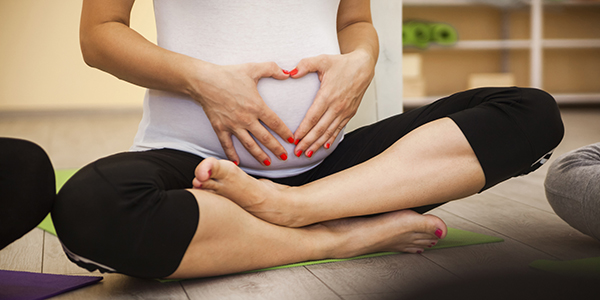
During pregnancy your body experiences dramatic physiological changes that require a carefully designed exercise program. These naturally occurring changes are not permanent, and the benefits of regular exercise are many. Always check with your healthcare provider for any limitations on your activity before attempting any exercises.









